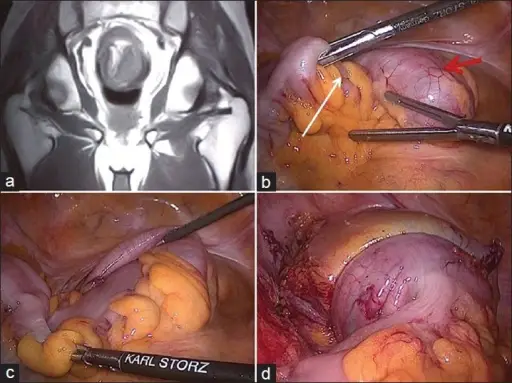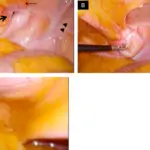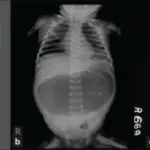Intussusception is a serious condition in which part of the intestine slides into an adjacent part of the intestine and blocks food or fluid from passing through and sometimes blood supply.
What is the Pathology of Intussusception?
The pathology of intussusception is:
-Etiology: The cause of intussusception is unknown. However, it is considered to be accidental. In most cases, it is preceded by a virus that produces swelling of the lining of the intestine, which then slips into the intestine below.
-Genes involved: None.
-Pathogenesis: The sequence of events that lead to intussusception are: imbalance between the forces of radial and smooth muscles which leads to a segment of intestine to invaginate into another leading to intussusception.
-Histology: The histology associated with intussusception shows a right hypochondrium sausage-shaped mass and emptiness in the right lower quadrant.
How does Intussusception Present?
Patients with intussusception typically in boys present at ages of three and 36 months, but may appear at any age. The symptoms, features, and clinical findings associated with intussusception include: stool mixed with blood and mucus, vomiting, lump in abdomen, diarrhea, and fatigue.
How is Intussusception Diagnosed?
Intussusception is diagnosed by ultrasound or other abdominal imaging. including X-ray or CT scan.
How is Intussusception Treated?
Intussusception is treated by surgery.
What is the Prognosis of Intussusception?
The prognosis of intussusception is excellent if treated quickly, but if untreated it can lead to death within two to five days. The longer the intestine segment is prolapsed and the longer it goes without a blood supply, the less effective a non-surgical reduction.



